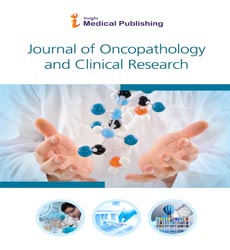Abstract
Value of Salivary Gland Scintigraphy after Initial 131 I Therapy for Differentiated Thyroid Carcinoma: Prediction of Salivary Gland Dysfunction after High Cumulative Dose 131 I Administration
Objectives: Dry mouth symptoms induced by 131I therapy for differentiated thyroid carcinoma (DTC) can impair patients’ quality of life over the long term. We investigated the value of early SGS findings in predicting the development of dry mouth symptoms in patients receiving high cumulative dose 131I therapy for DTC.
Materials and method: Eighty DTC patients who underwent SGS using 370 MBq of 99mTc-pertechnetate after the initial and second rounds of 131I therapy (cumulative 131I dose >10 GBq) between January 2010 and December 2013 were retrospectively analyzed. SGS was assessed using a 3-point uptake score and washout rate (%WR) after lemon-juice stimulation in the parotid (PG) and submandibular glands (SMG). Summed scores from bilateral PG and SMG were defined as the summed uptake score (SUS) and summed WR score (SWRS), respectively. Risk factors for dry mouth symptoms were analyzed by uni- and multivariate logistic regression analyses.
Results: SUS/SWRS after initial 131I therapy were significantly associated with dry mouth symptoms both in univariate analysis (χ2 and odds ratio: 39.5 and 0.03 for SUS, and 46.4 and 0.02 for SWRS, respectively) and in multivariate analysis (χ2 and odds ratio: 6.13 and 0.06 for SUS, and 8.40 and 0.04 for SWRS, respectively).
Conclusion: SGS after the initial 131I therapy can be a feasible biomarker for predicting development of dry mouth symptoms secondary to high-dose 131I therapy.
Author(s): Yasuhiro Maruoka, Shingo Baba, Takuro Isoda, Yoshiyuki Kitamura, Koichiro Abe, Masayuki Sasaki and Hiroshi Honda
Abstract | Full-Text | PDF
Share This Article
Open Access Journals
- Aquaculture & Veterinary Science
- Chemistry & Chemical Sciences
- Clinical Sciences
- Engineering
- General Science
- Genetics & Molecular Biology
- Health Care & Nursing
- Immunology & Microbiology
- Materials Science
- Mathematics & Physics
- Medical Sciences
- Neurology & Psychiatry
- Oncology & Cancer Science
- Pharmaceutical Sciences
